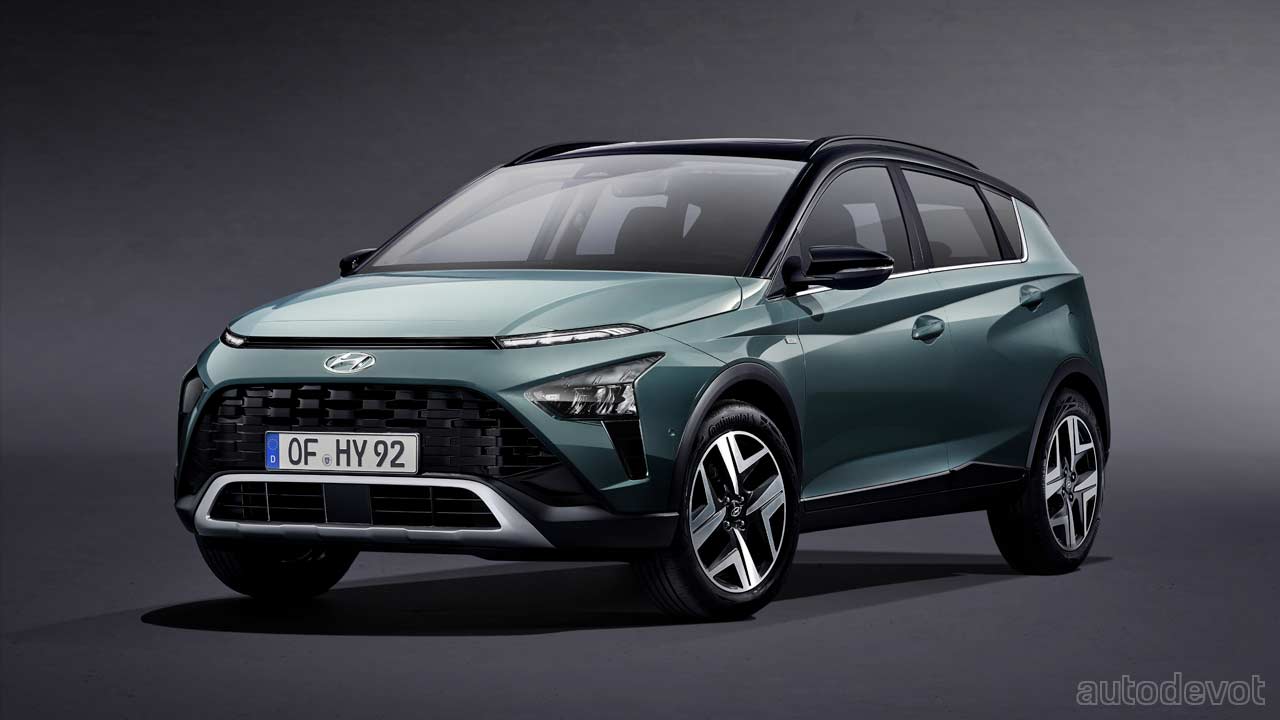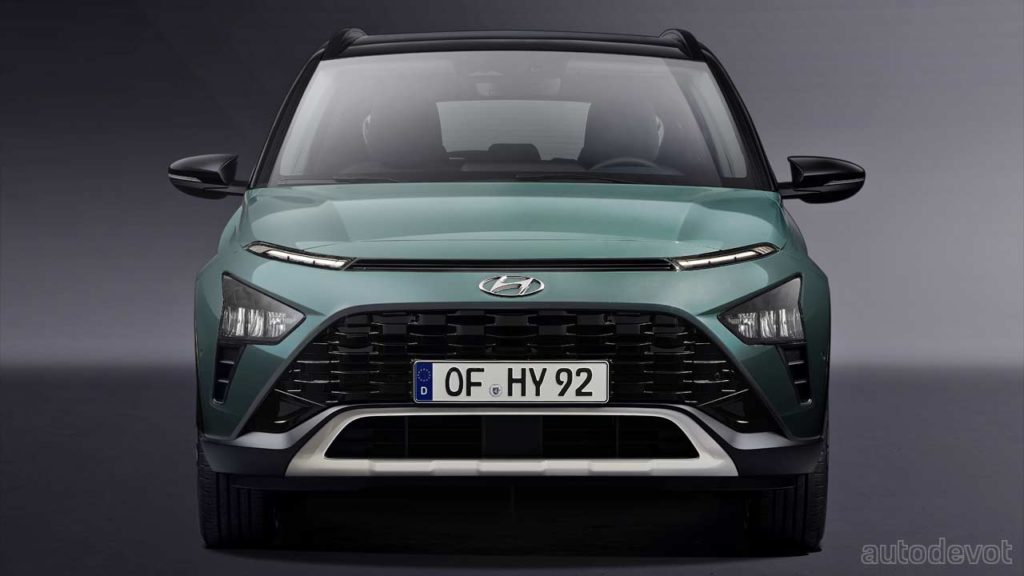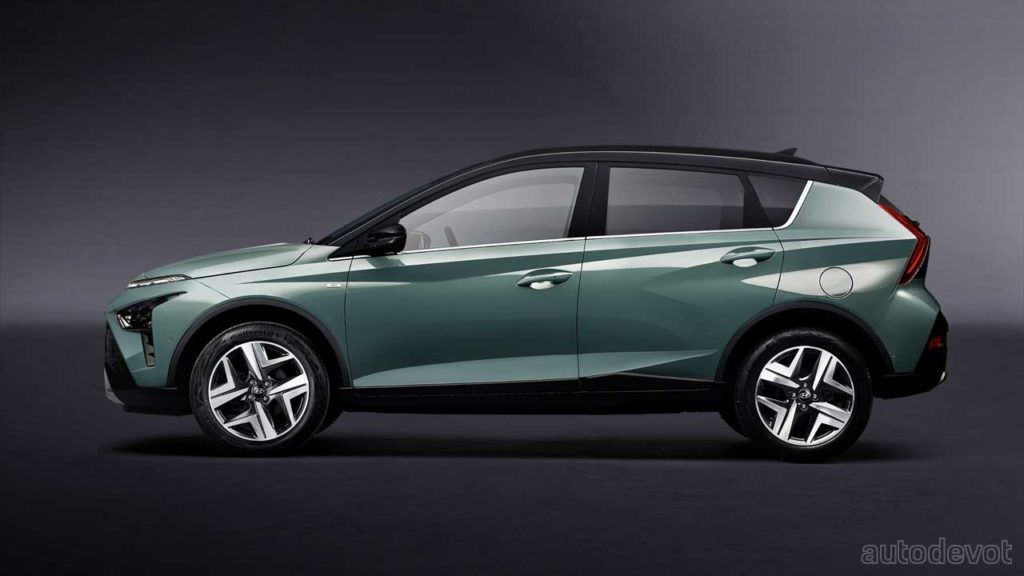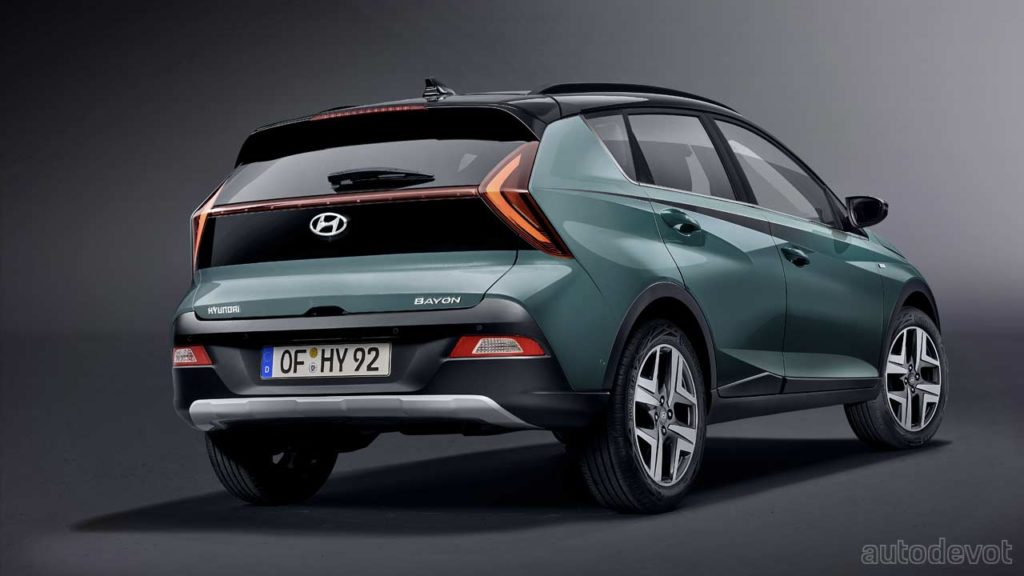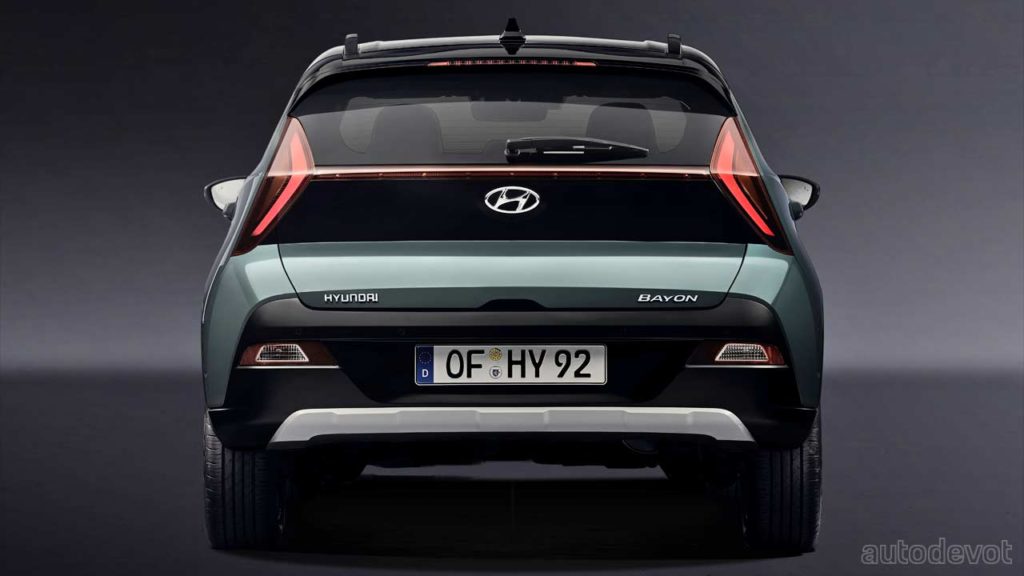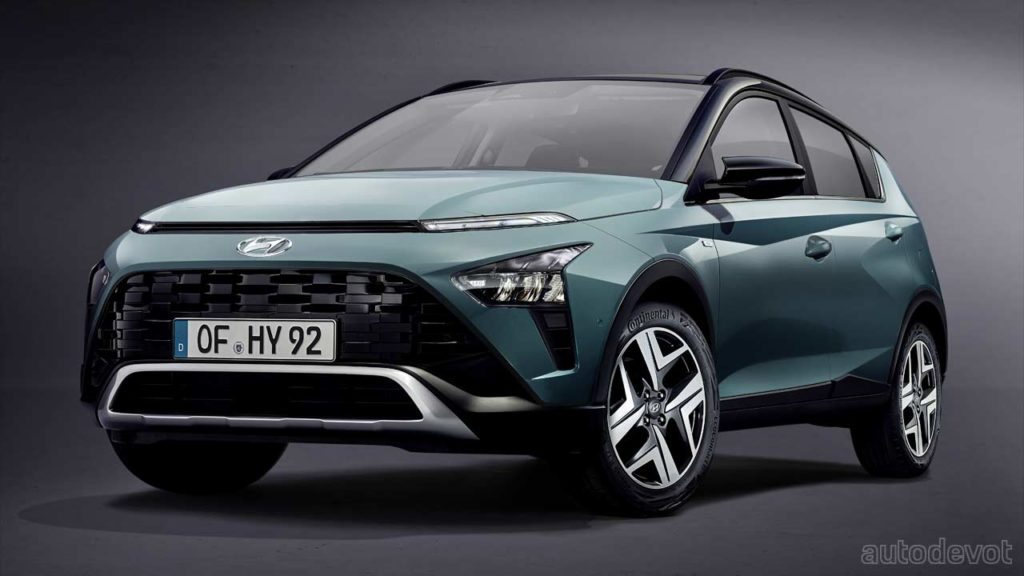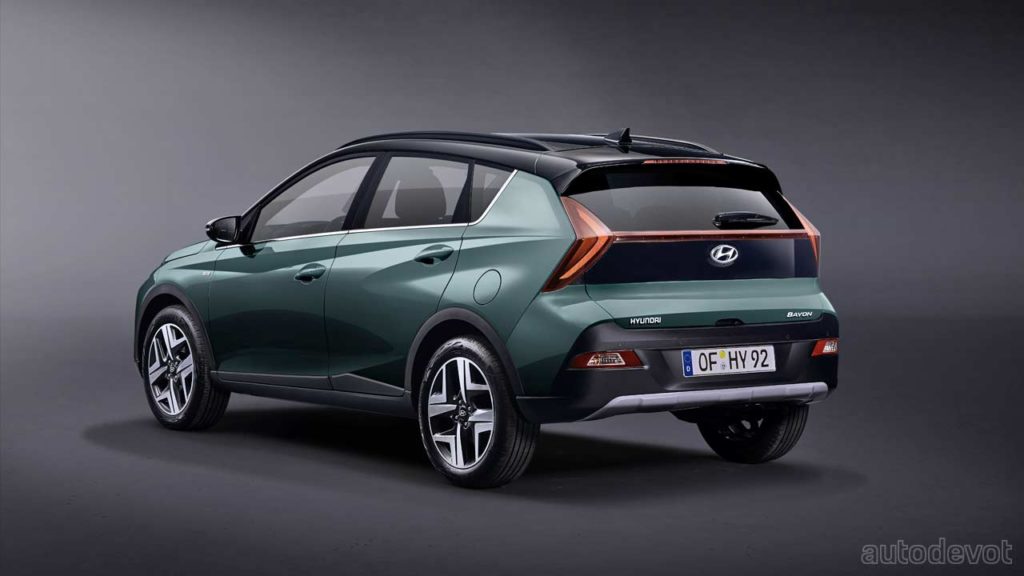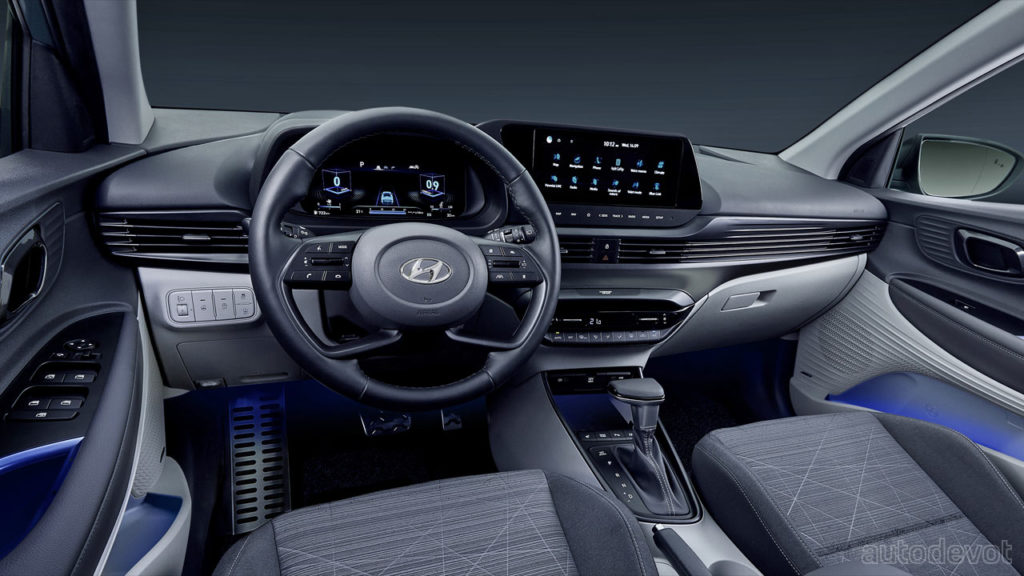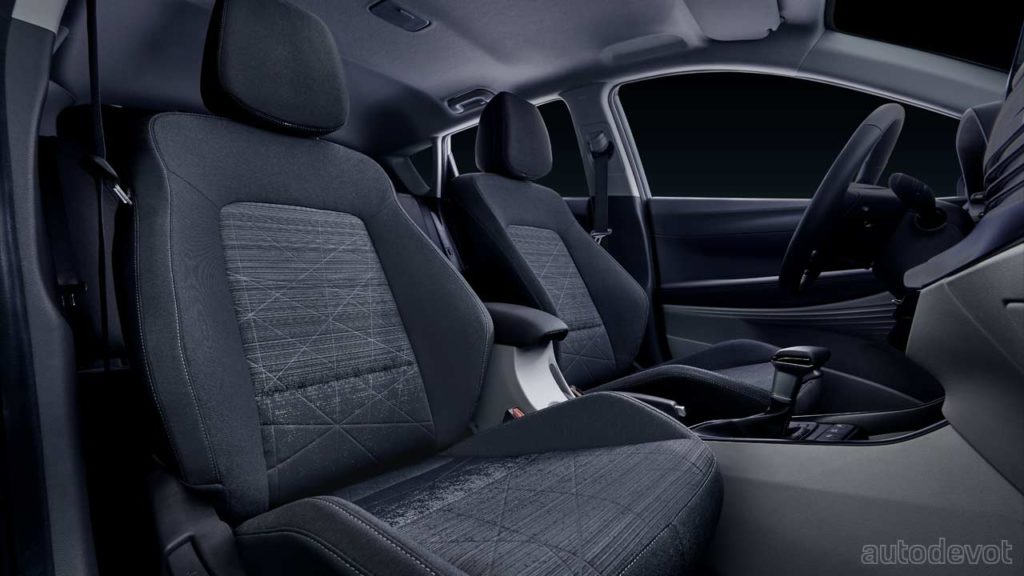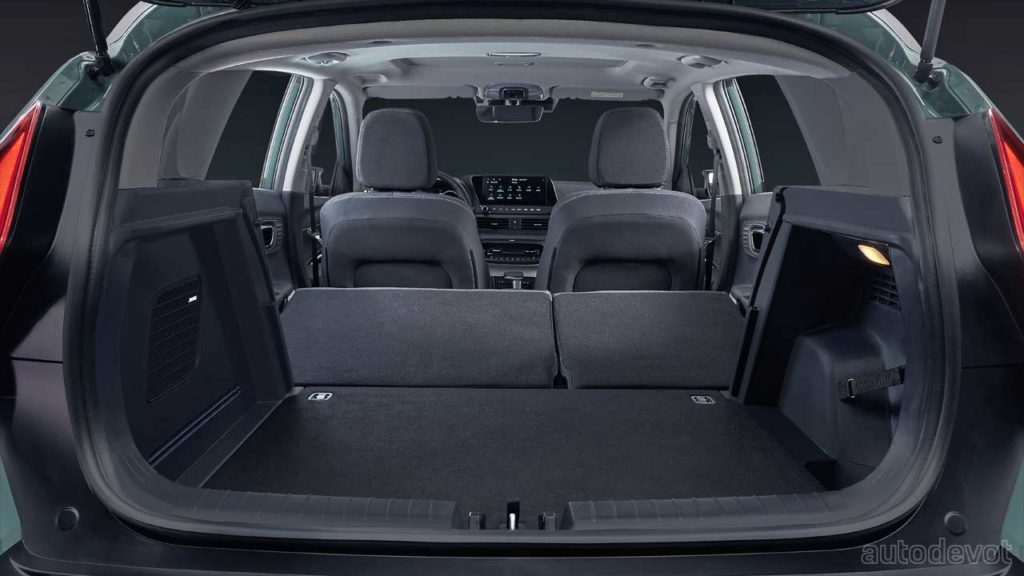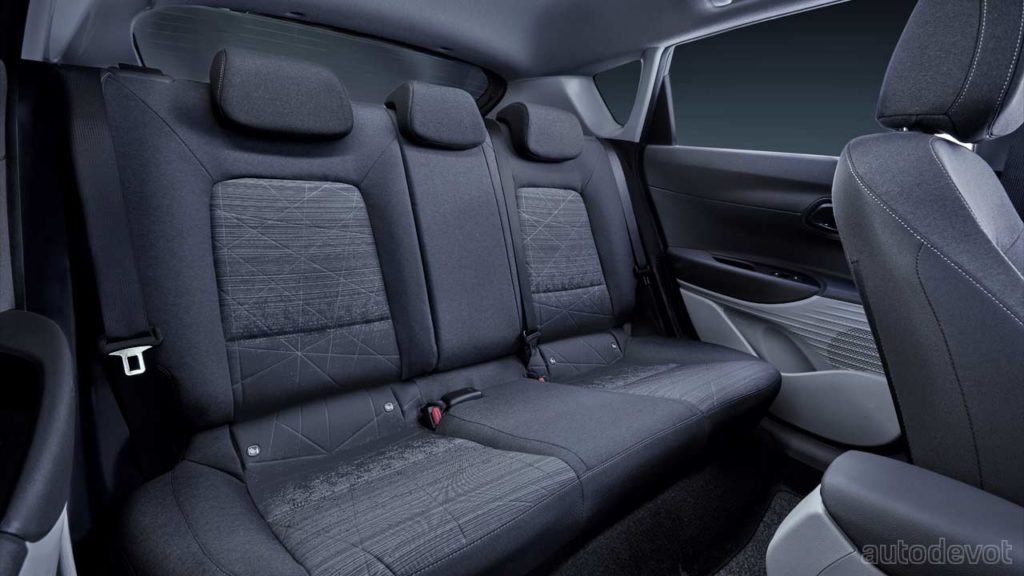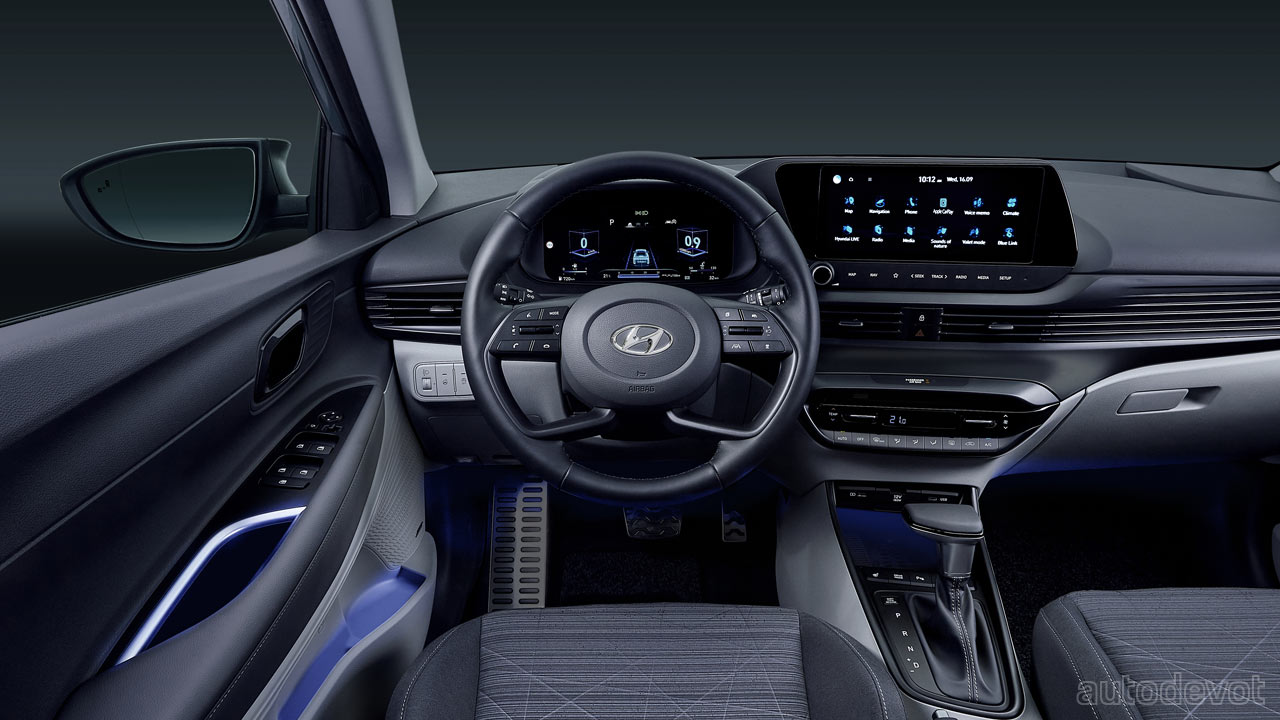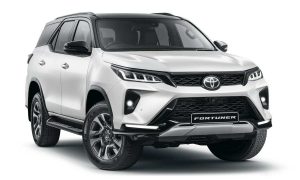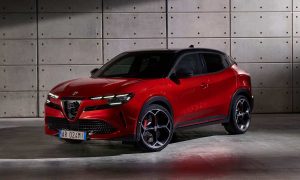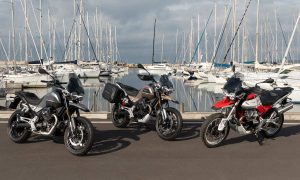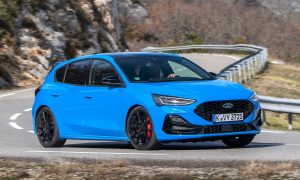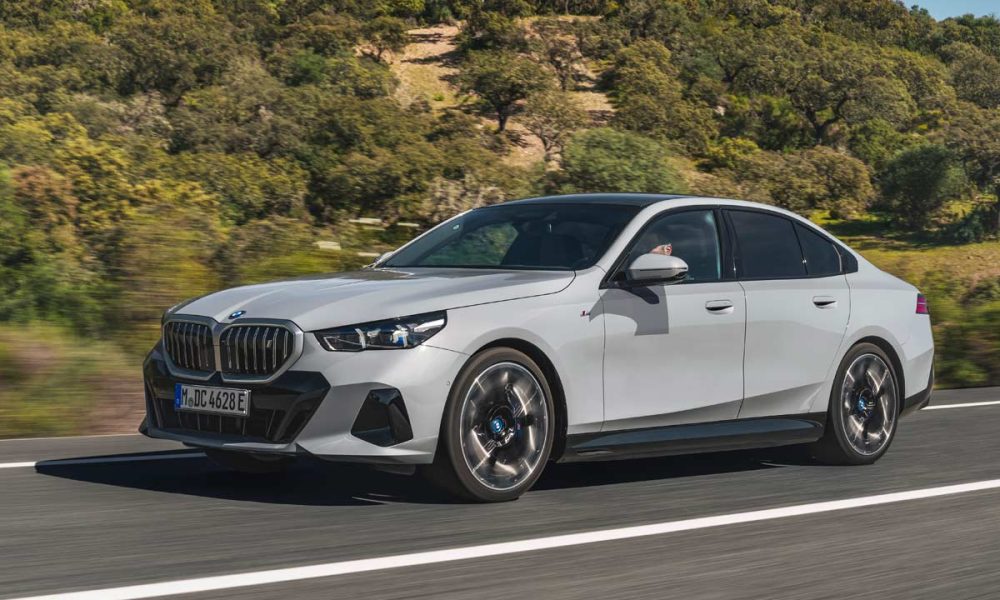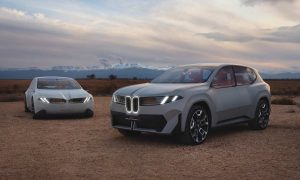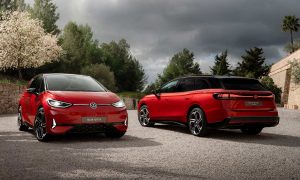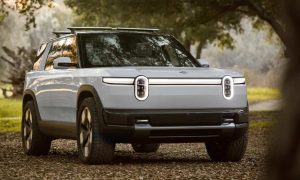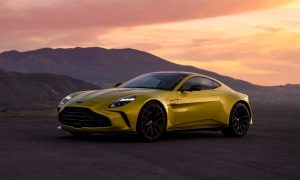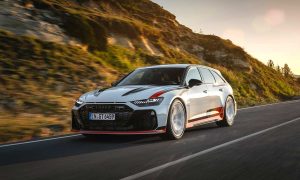Because the world needs more crossovers
Hyundai has revealed the Bayon crossover, which according to the company, is “designed specifically for Europe”. As with Hyundai’s SUV-naming tradition, the name Bayon is derived from a French town named Bayonne.
As for the SUV itself, well, it is derived from the 3rd generation i20. Meaning, it is essentially a jacked-up version of the aforementioned i20, because, of course, the world needs more crossovers for some reason. Instead of a mundane i20 Active, the Bayon makes a more interesting package. As for the design, the front fascia reminds me of the Kona, while the side profile reminds me of that day when I left my trousers under my mattress for several hours. I do like the rear-end though, it looks clean and sophisticated. Albeit eccentric styling touches, the Bayon does look Sensuous and Sporty.
The base model rides on 15-inch steel wheels, while up to 17-inch alloy wheels are available. A total of 9 exterior colours are available, including a new launch colour, Mangrove Green. An optional two-tone combo with Phantom Black roof is also available with other exterior colours.
For those interested to know, the crossover measures 4,180 mm long, 1,775 mm wide, and 1,490 mm tall (or 1,500 mm with 17-inch wheels). It boasts a wheelbase of 2,580 mm, which is identical to the i20. The ground clearance is 183 mm (in combination with 17-inch wheels).
The cabin layout and the dashboard are fairly identical to that of the i20. Depending on the trim, the feature list includes a 10.25-inch digital driver display, a 10.25-inch or 8-inch central touchscreen, Apple CarPlay & Android Auto connectivity (offered wirelessly with 8-inch display), Bose audio system, wireless smartphone charging, up to 3 USB ports, and Bluelink connected car services. The front and rear legroom are claimed to be 1,072 mm and 882 mm, respectively.
As for safety and driver assistance, the Bayon gets Hyundai’s SmartSense suite, which includes Lane Keeping Assist (LKA), Navigation-based Smart Cruise Control (NSCC), Forward Collision-Avoidance Assist (FCA), Blind-Spot Collision-Avoidance Assist (BCA), and Rear Cross-Traffic Collision-Avoidance Assist (RCCA) among many others.
Moving on to the juicy bits of the story then, the Bayon will be available with a 1.0L T-GDi petrol engine with or without a 48-volt mild-hybrid system, and also a 1.2L MPi petrol engine.
The entry-level 1.0-litre 3-cylinder turbocharged petrol engine offers 100 metric hp and 172 Nm (127 lb-ft) of torque, and can be paired with either a 6-speed manual gearbox or a 7-speed DCT. The same engine is available with a 48-volt mild-hybrid system and comes in two states of tune; the lower tune is the same as the aforementioned non-mild-hybrid, while the higher tune offers 120 metric hp. For mild-hybrids, the 6-speed manual gearbox is replaced with a 6 iMT (clutch pedal-less manual).
As for the naturally aspirated 1.2-litre 4-cylinder petrol engine, it also offers two states of tune for some reason. The lower tune is 83 metric hp and 115 Nm (85 lb-ft) and the higher tune is 84 metric hp and 118 Nm (87 lb-ft) of torque. This engine is paired with a 5-speed manual gearbox. No AWD variants. Download the technical specifications sheet here.

Leave a Reply
Note: Comments that are unrelated to the post above get automatically filtered into the trash bin.
